Have you heard the big local SEO news?
Does this change mean less visibility for your local business?
Local SEO has seen the biggest shake-up since Google launched their first local algorithm, Pigeon, just over a year ago. A major change in Google’s local search happened on Thursday, August 6th — a new way of listing local businesses in search results was rolled out, changing the previous “local 7-pack”, where seven local businesses were featured, to a trimmed “local 3-pack” view.
The local pack is not just showing fewer business listings, it is also redesigned to fit more with the mobile user interface.
BIG UPDATE IN GOOGLE’S LOCAL SEARCH RESULTS
- New 3-pack local listings — less visibility for your local business?
What has actually changed in local SERPs?
The update that rolled out simultaneously in the USA and internationally, has drastically changed the look-n-feel and the navigation within the local packs. So, let’s have a closer look at the new local listings.
1. Only 3 businesses displayed.
Before the update, local listings were shown in packs of 3, 5 or 7, meaning that more local businesses had a chance to squeeze in to the first search results page, even if they didn’t perform well organically.
A move to 3-pack listings obviously makes competition for page-one listings even harder.
2. No business addresses and phone numbers.
Google has also removed the phone numbers and exact addresses from the listings, instead only showing the name of the street where the business is located. So, unlike before the update, searchers are no longer given your business contact information upfront and need to look for it on their own.
3. No flyout business cards and “Google my business” links – all clicks lead to a list of competitors.
Going even further, Google not only removed contact info from the initial view, but also disabled all 1-click ways to access it.
- All links to Google My Business pages were removed.
- Local cards (that previously popped up when you scrolled through the 7 pack listing) got hidden.
- Now, clicking on a listing opens a new search view with a map, a list of 20 competitors, and a version of the old local card.
MOBILE – CENTRIC
As mobile usage continues to grow higher and higher, Google has changed their desktop search results to appear more similar to the mobile-specific search results; the 3-packs fit perfectly on the screen for mobile users.
Regardless of what you search is for, it is those top three spaces that make up the screen real estate for a mobile user, along with the Google map that appears for some local queries. Google’s removal of all 7-packs brings desktop the same user experience as mobile users have been getting for some time.
WHAT DOES THIS MEAN FOR LOCAL BUSINESS
It’s too early to come to any conclusions, and the real impact of this update is yet to be seen. Seems to be quite buggy and unstable).
But while at first glance the update seems to make life only harder for local businesses, in reality there may now be MORE exposure opportunity for MORE businesses.
1. The top-3 local results are in rotation — depending on the searcher’s physical location.
In the in-house test over for the past few days, we’ve compared local results for “Plumbers in Germantown”, each time browsing Google using IP addresses.
In each of the locations we were getting at least slightly different results, which showed that 2 searchers standing just several miles away from each other will probably see different local packs in Google.
Interesting that only two had a website to click on. Only two had directions to click on, and one didn’t have any directions. All had no reviews. Ouch!
2. More searchers will navigate to the map view with 20-business list.
With many of the older navigation options disabled – including Google My Business links and flyout business card – now, instead of instantly picking the right business on the SERP, the searchers need to switch to the new 20-business map view to dig out the contact information and addresses of the businesses they got interested in. Thus, even if you weren’t listed on the SERP, you still get a high chance of being noticed.
3. More searchers will stick to organic results.
As countless CTR studies show, a huge percentage of searchers find organic results more trustworthy.
Now, while the redesigned local pack looks even less like the organic snippets, chances are that more searchers will stick to organic results. Thus, if you don’t perform that well in local listings, there may be even more opportunity to earn organic traffic either directly to your websites, or to your business pages in the Yelp-like directories.
HOW TO ADJUST YOUR LOCAL SEO STRATEGY
This being said, how can YOU adjust your local strategy to the changes and make the most of the new local listings? Here are a few suggestions we’ve got.
1. Don’t panic if your’re not listed in the local pack
Google’s local packs depend on the searcher’s IP so much that you and your neighbor could literally be getting different results for the same query. These fluctuations are something that is really hard to track.
2. Check if you’re showing up among the top 20 sites on the map view.
Another thing we noticed while experimenting with Germantown IP addresses was that for all the different tested locations in Germantown, the list of top-20 websites on the map view remained almost the same — with websites simply being re-arranged depending on the searcher’s physical location.
This probably indicates a more even distribution of search visibility between those 20 lucky businesses — with each of them getting a portion of displays from searchers from a particular geographical location.
And this, in its turn, may mean that it’s time to change the ROI variables for your local SEO, switching from “the exact rank in local pack” to “being/not being listed in the top-20 map results”.
3. Already listed in Top-20? Work harder on a compelling snippet.
A searcher spotted you in the local pack? Great, but while digging for your phone and address, they will also see a huge list of your competitors. Keeping your snippet better than theirs is the only way to ensure that the potential client sticks with your listing.
Not showing up in the top-3 local pack? A compelling snippet can still help you win searchers’ attention and steal potential customers from your competition!
- Fill out your Google My Business page properly
A link to your Google My Business page is no longer available for searchers, but most of the info for your local business card (including your address, phone number, images, street view, etc.) is still taken mostly from that page.
So, claim your Google My Business listing if you haven’t done it yet, and do your best to fill out the important details:
1. Add a long, unique description that’s formatted correctly and includes links.
2. Choose the correct categories for your business.
3. Upload a high-resolution profile image and cover photo.
4. Upload as many photos as possible.
5. Add a local phone number to your listing.
6. Add your business address that’s consistent with the address on your website and local directories.
Earn positive Google+ reviews/Ratings
Though no longer called Google reviews, the reviews from your Google My Business page are still used for local pack snippets. More to consider, the business card itself includes not only your overall review rating, but the number of bad reviews you have as well.
If you are in the restaurant business, your ratings are going to become even more crucial. Google has added an option for searchers to select only businesses that are above a certain rating. Currently choosing from two stars and higher, three stars and higher, or four stars and higher.
With searchers faced with the option, it doesn’t take much to realize that of course users are going to be selecting the ones with four stars or higher. So while having good ratings has always played an important part in Local SEO, for restaurants this should be at the top of the marketing priority list.
- Pay attention to opening and closing hours
Each local listing’s snippet now includes the business’s working hours. Depending on the time they run a search, the searcher sees ‘Closes at ___ ‘, ‘Closes soon’, ‘Opens at ___’, or ‘Closed now’, so make sure to indicate your company’s correct opening hours on your Google My Business page.
4. Not yet listed in Top-20? Stick to the good old local SEO techniques.
Keep in mind that the recent update was not an algorithmic change — nothing has changed in the way Google determines the most relevant businesses to show. And this means that all the good old local SEO truths still apply.
- Claim and fill out your Google My Business listing
Follow the guidelines listed above.
- Ensure NAP consistency and build new citations
You need to ensure that you have your full NAP (name, address and phone number) on every page of your website.
Furthermore, you must use the exact same details/format when you mention your address on other websites (i.e. local citations). So try to fix all the incorrectly formatted citations and earn new ones with proper NAP listed.
- Keep earning reviews
Business reviews have a direct impact on local search rankings, so you need to spend some time acquiring them. And these are not only Google reviews, but also reviews on your Yelp page (currently used by Apple maps) and other local directory pages.
- Build local backlinks
Link building within local SEO campaigns is incredibly important. Compared to standard SEO campaigns, local SEO relies much more on links from other local websites that are really relevant to your business.
Check where your top local competitors are getting their backlinks from, and use their ideas for your own link building.
ON PAGE OPTIMIZATION
Another crucial SEO factor for local listings is your pages’ content, so try to squeeze the most value out of it. Each page of your website needs to be optimized. Not doing so is at the determent of your search rankings.
A) Try to add your City/Region, plus a relevant keyword, within these elements of your landing page:
- – Title tag
- – H1 tag
- – Page URL
- – Page content
- – Image ALT attributes
B) Embed a Google map with your business marker into your landing page.
5. Remember your Yelp-like directory pages
For most of local queries, top 10 organic listings feature many results from Yellow pages and Yelp-like directories. Besides focusing on driving search traffic to your website, you can earn some visibility by building a solid business presence on leading local directories in your industry.
- Target your keywords
- Make sure your business is listed in each of the local directories
- Track how rankings change for your different listings
Conclusion
This new change in the Local 3 Pack is going to be tough on small business owners as they will feel the crunch on their Local SEO. Small businesses will most likely see less traffic unless they are in the top 3 of the Pack.
With so many businesses used to being featured in a 7-pack that are now completely removed with the 3-pack, we are going to see a lot more competition for those 3 spots.
There is real danger in being too complacent when it comes to rankings in Google. Just because you have a spot there now does not mean you can stop optimization efforts for local SEO, especially since your competitors will be ramping it up.
Many businesses that were previously happy just to appear somewhere in the top seven and have never done any local SEO up to this point will certainly begin marketing themselves better online.
Sometimes those are the ones who suddenly sneak up out of nowhere, once they actually start their local SEO efforts, since they usually have nowhere to go but up.
For a LOCAL SEO Checkup, contact me for a free 30 min. consultation.
JOIN US FOR OUR UPCOMING
FALL
SOCIAL MEDIA SEMINAR SERIES
- Facebook Ads – How to create, implement & boost sales – Sept. 10th AM
- Visual Content for Business – How to create & use visuals – Sept.10th PM
- Social Media Marketing for Realtors – Gain more listings & sales – Sept. 17th AM
- YouTube & Video – How to create, implement & boost sales – Oct. 8th AM
- Twitter for Business – The fastest way to spread your brand content – Oct. 29th AM
- Tools & Apps for Business – Gain more hrs. & be more productive – Nov. 5th AM
- Blogging – Generate leads & get new customers – Nov. 5th PM
About Blair

Blair Evan Ball is a Social Media Coach and founder of Prepare1, a company that works with businesses, individuals and non-profits. He is a former executive with a Fortune 50 company, and his national division did $1Billion+ in sales annually.
Blair has written three e-books: Facebook for Business Made Easy, Facebook Pages for Business Made Easy, and WordPress Blog Setup Made Easy.
Blair also educates, trains entrepreneurs and business professionals how to amplify their brand, increase revenues, and raise more funds.
![[Study] How Will Businesses Change Their Social Media Activities 5 Golden Rules for Sharing on Social Media](https://www.prepare1.com/wp-content/uploads/2014/03/COACH-logohat-162x300.jpg) The Race is ON! | PREPARE | Get into the Game and WIN!
The Race is ON! | PREPARE | Get into the Game and WIN!
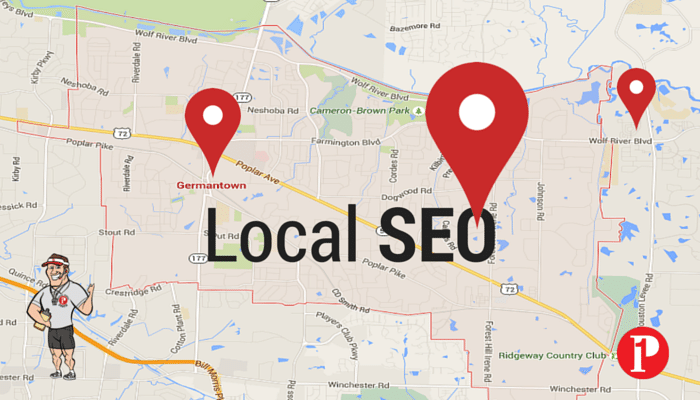
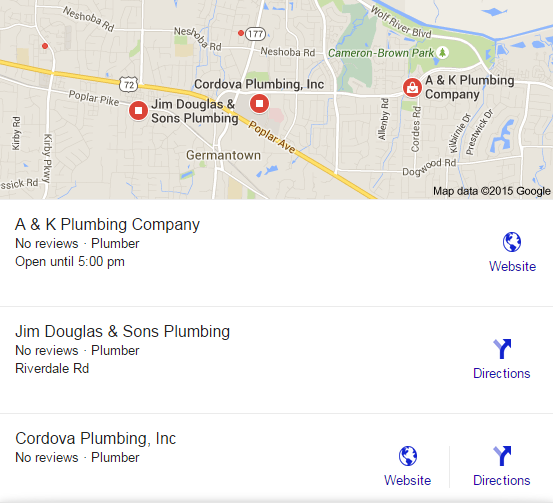
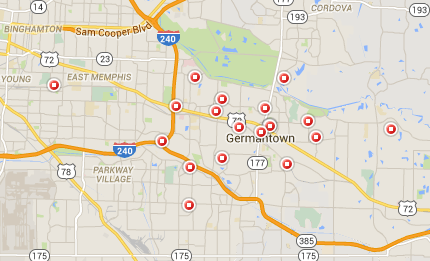
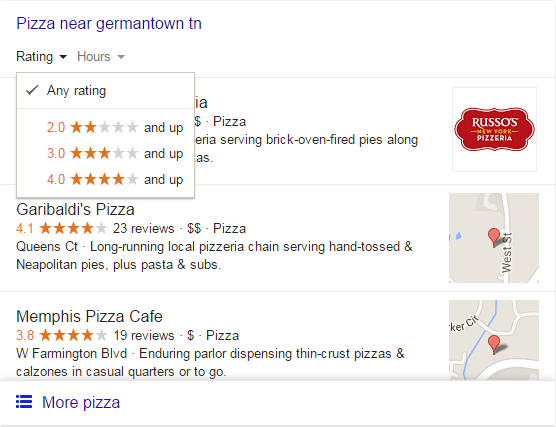








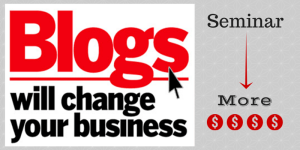
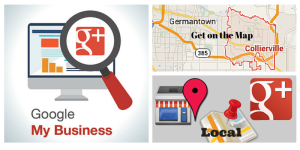

Comments on this entry are closed.
{ 2 trackbacks }